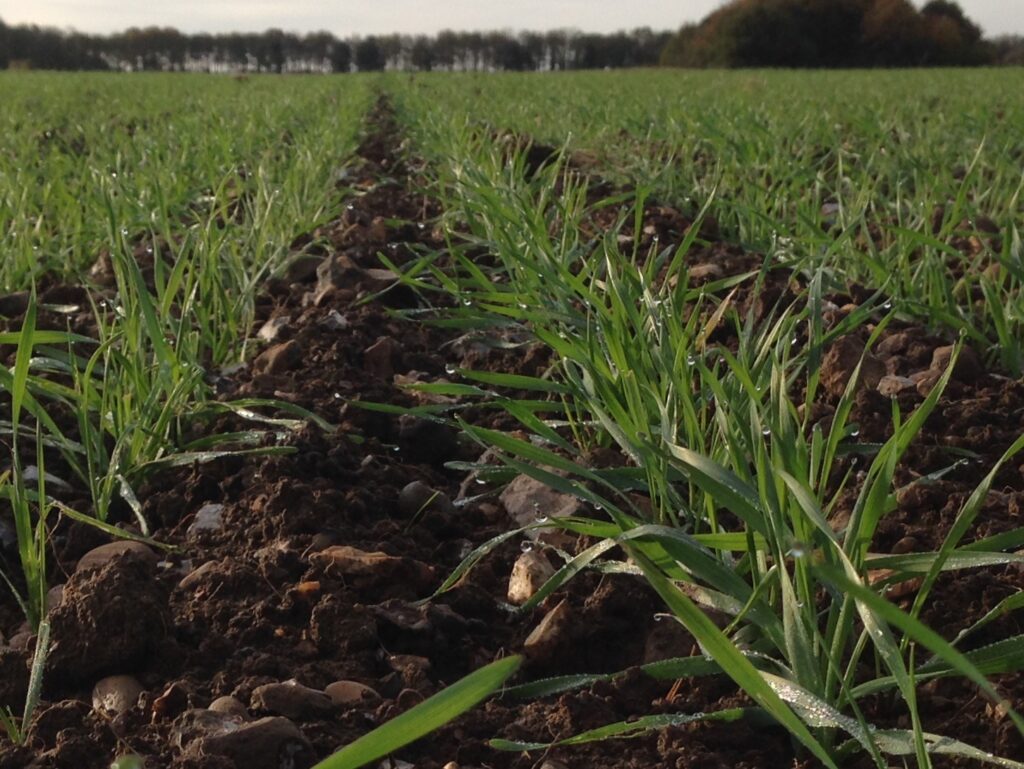Some of the area in and around the Winchester Downs Cluster is covered by the water catchment for Southern Water, with a large area of farmland lying over the chalk aquifers that supply drinking water to many homes and businesses locally. Support for farmers and landowners from water companies such as Southern Water enable projects that focus on water quality, for example, monitoring soil nutrients, reducing surface runoff by planting cover crops, sharing knowledge with farmers to improve soil health, capturing carbon and enhancing the wider environment.

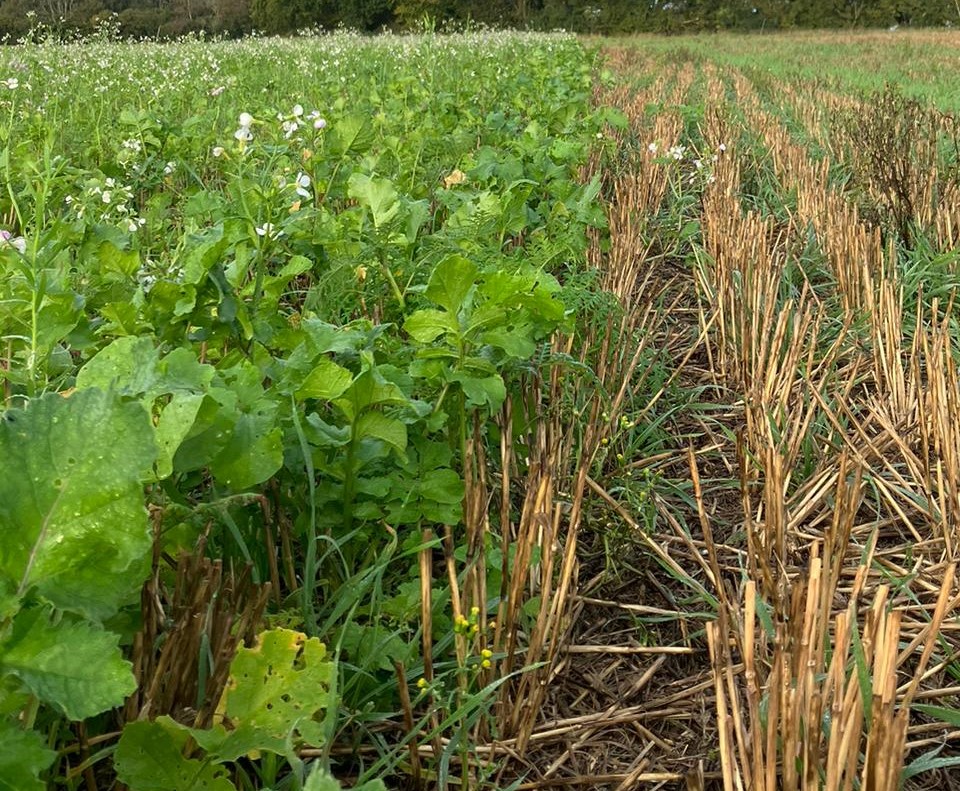
Many of our farmers have been supplementary feeding the wild bird population during the winter months, from December to April, known as the Hungry Gap.
The special mix of seeds is broadcast along farm tracks and near hedges or from special feeders. This helps farmland birds when food is scarce over these months.
Areas of farmland have also been used to grow plots of wild bird food, these contain seed rich plants such as linseed, millet, quinoa and cereals. In total, over 71 hectares across the cluster area has been used to support this.
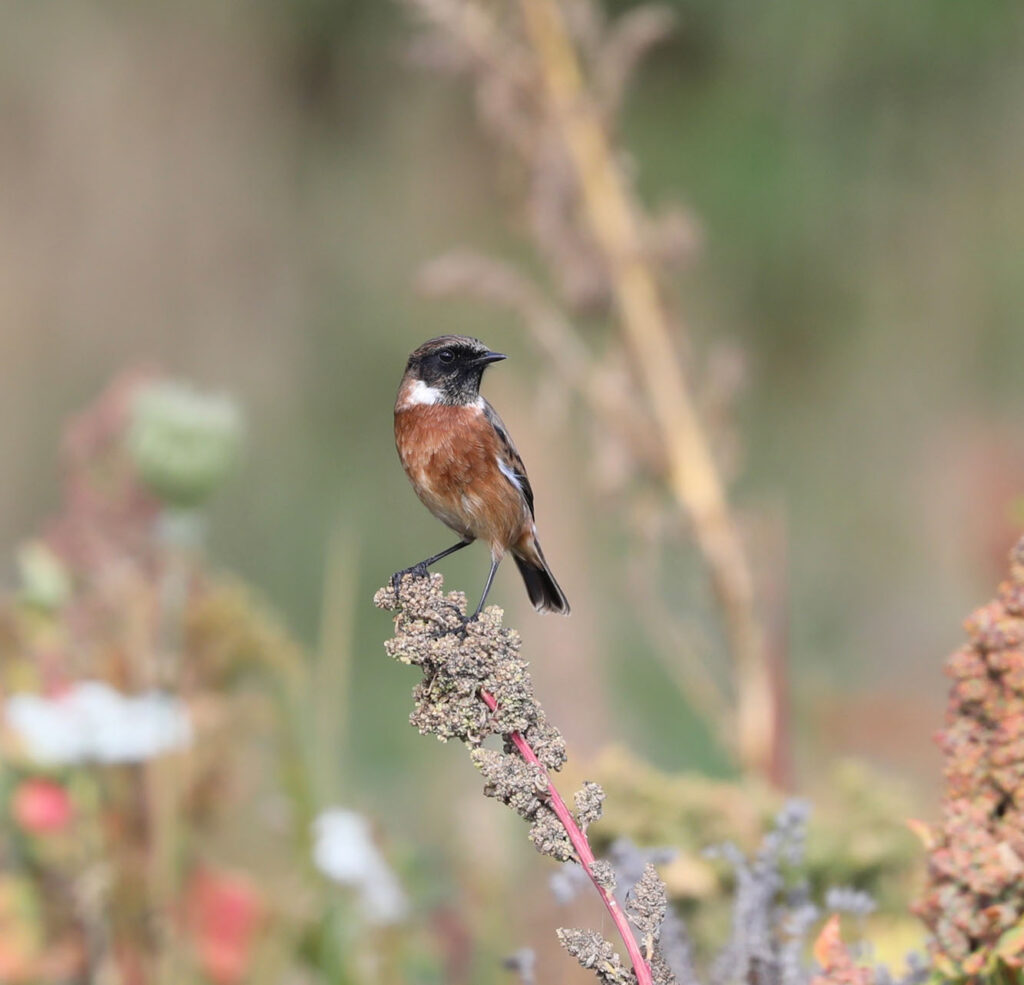
The Big Farmland Bird Count has been running for ten years and was started by the Game & Wildlife Conservation Trust and asks farmers to record the number of birds on their land during a few hours in February. It is a national survey which highlights how farmland bird species are fairing. The number of farmers involved nationwide has grown over the past ten years. By doing this we are building a picture of which bird populations are improving and which need our help.
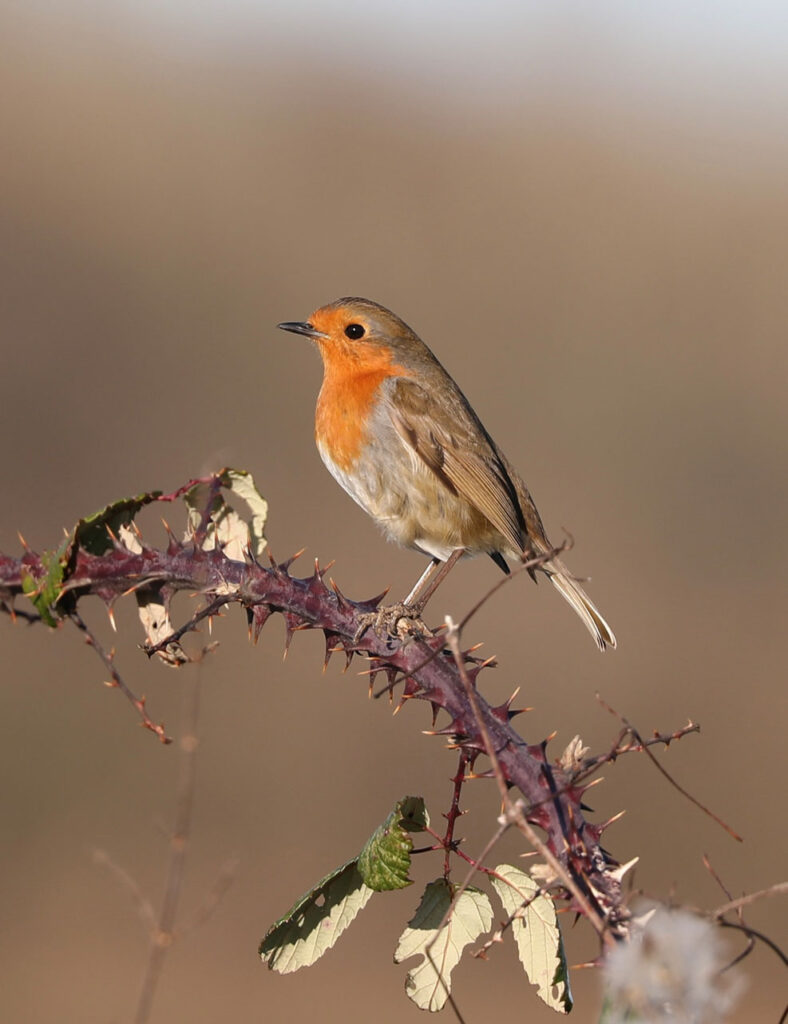
Hedges are important for wildlife as they act as corridors for birds, mammals and insects, providing safe refuge and food sources. The farmers of the Cluster Group have planted over 4,300 metres of new hedges and restored or laid 4,000 metres of existing hedges to create and enhance this network across the landscape. This has been possible with the help of the Hampshire Hedgerows Project, Countryside Stewardship and the South Downs National Park.
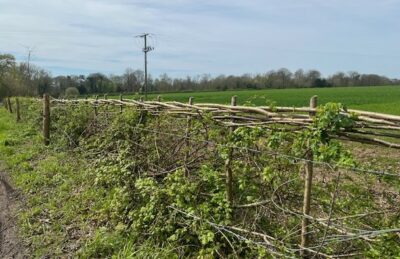
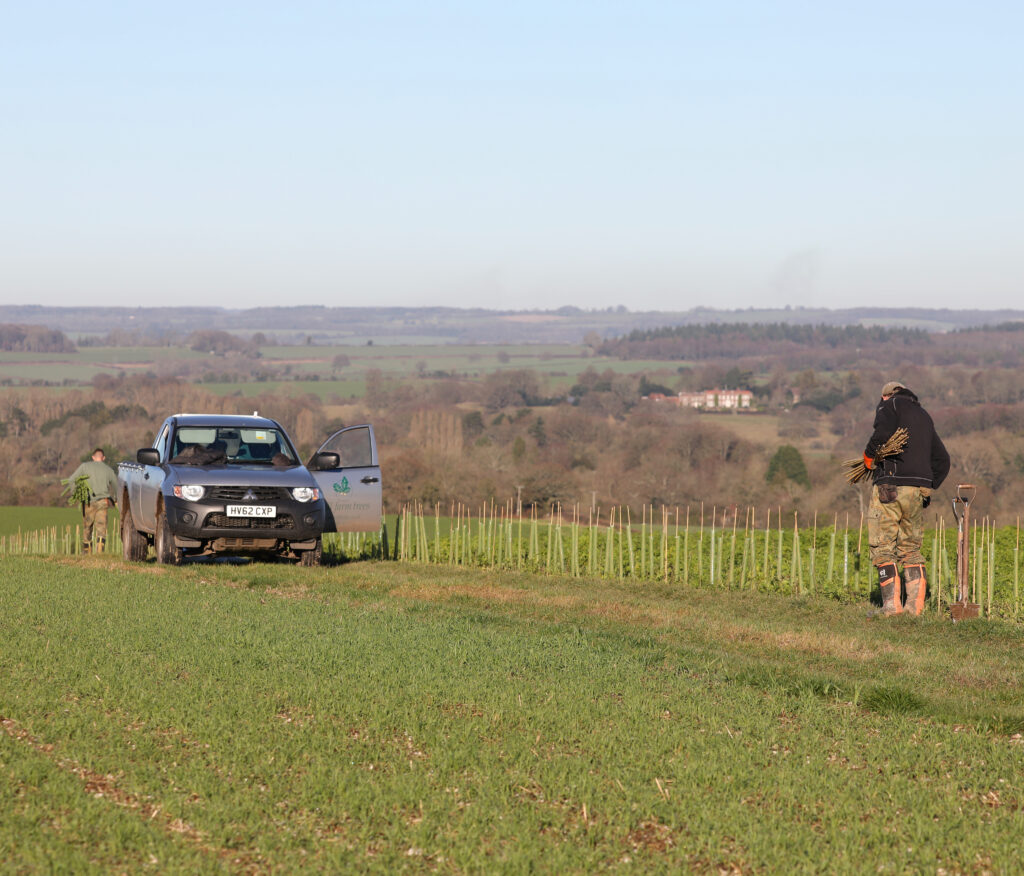
The cluster received funding to carry out a mapping project to identify where certain habitat features are across the cluster area. It also recorded where environmental scheme options could be found such as Bumble bird seed mix plots and providing supplementary winter bird food. Allowing the cluster to identify areas of opportunity and gaps in provision for wild birds.
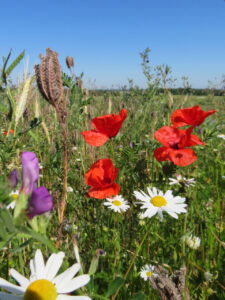
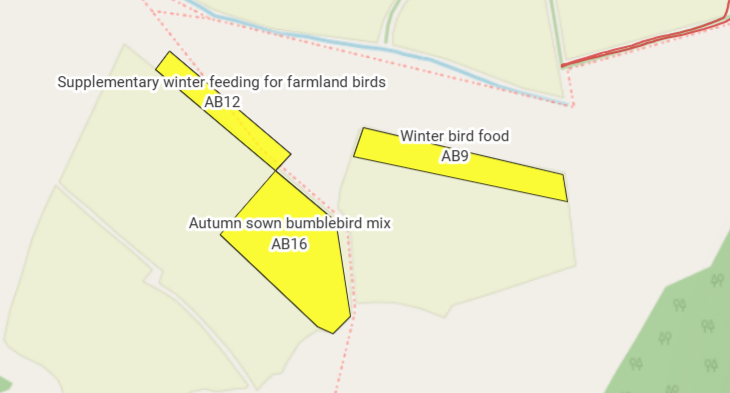
Areas we are looking to focus on in coming years:
Soil Health and Biology
Water quality
Measuring Carbon
